What is Cupping?
Cupping is a type of instrument-assisted soft tissue mobilization (IASTM) that decompresses tissue, increases circulation and promotes healing. Cupping was documented as early as 1550 BC in Ebers Papyrus, one of the oldest medical textbooks in the world.
Cupping is essentially the opposite of a massage. Instead of pushing down or compressing the skin and muscles, it pulls the tissue up through decompression. Like massage, cupping loosens your muscles and promotes faster healing and recovery through increased local blood flow.
Here at Refuge Physiotherapy, we use cups made of plastic and silicone to create a vacuum on the skin. This vacuum separates and lifts layers of muscle and fascia to reduce muscle tension, increase mobility, break up adhesions, increase circulation between layers of tissue, promote lymphatic drainage and decrease pain.
During a cupping session, we place round cups directly on the skin and apply vacuum pressure. The cups are left on the skin for several minutes and may remain stationary or the cups can be moved over the skin to create a massage-like effect. We also ask patients to move through exercises or movements with the cups applied to enhance range of motion. Cupping reduces muscle tension and improves mobility, especially at the thoracic and lumbar spine, lateral thigh/IT band and shoulders.
The side-effects of cupping can include mild muscle soreness and the distinctive, round, pain-free bruising that can last for up to seven to ten days.
Cupping is a treatment tool that we use to increase blood flow, soften scar tissue, and decrease musculoskeletal pain. It activates the parasympathetic nervous system, causing a relaxation response and decreasing the body’s pain response. Cupping is also useful for rehabilitating tendinopathies, which are areas of limited blood flow.
If you are dealing with limited mobility and tightness, scar tissue, muscle pain and soreness, or tendon issues, cupping is a useful tool. Schedule a visit with Refuge Physiotherapy and try cupping today!
